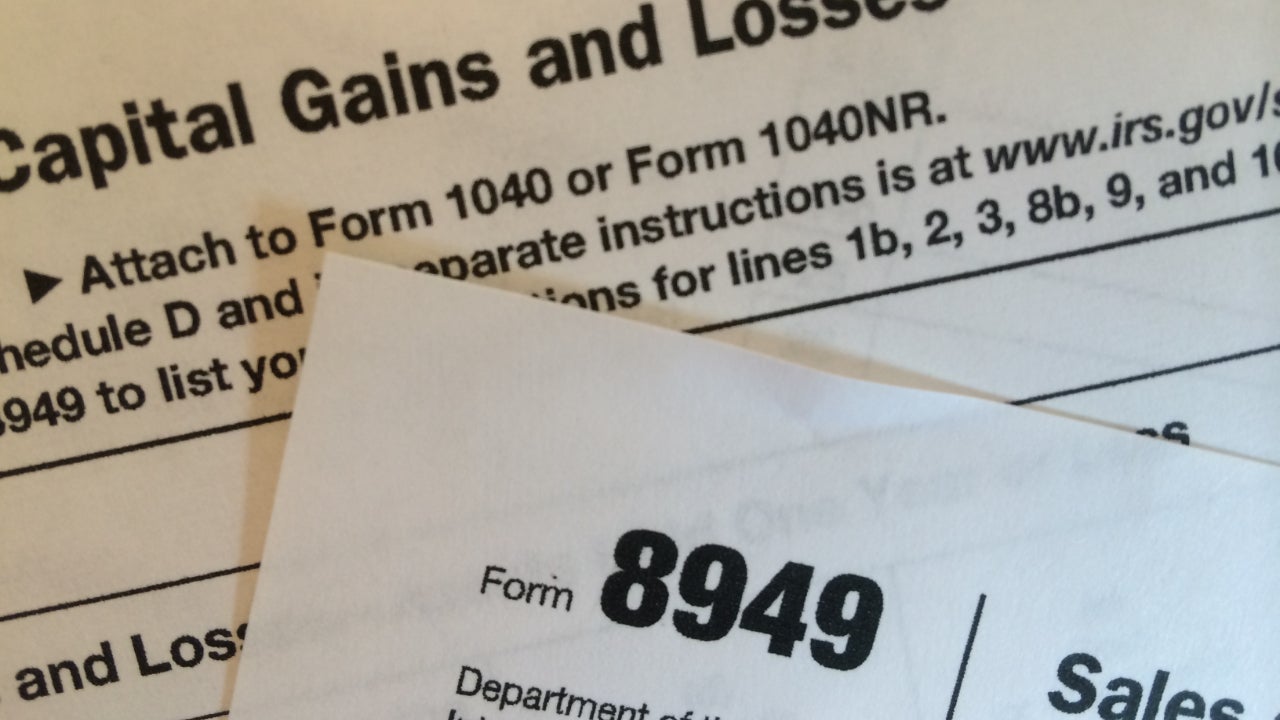How to claim the Saver’s Tax Credit

Saving for retirement isn’t easy, especially if you’re earning a low to moderate income. A tax credit, known as the saver’s credit, aims to incentive people to save for retirement by providing a sweet tax break. It can lower the amount of taxes owed, and can result in a refund for some taxpayers.
In 2021, the IRS estimated that 5.7 percent of taxpayers claimed the saver’s tax credit, and the average credit was $191.
Here’s how to claim the saver’s tax credit, and who is eligible.
What is the saver’s tax credit?
The saver’s tax credit, also referred to as the Retirement Savings Contributions Credit, is a tax incentive aimed at encouraging lower-income and middle-income individuals to contribute to retirement accounts.
The credit is available to those who contribute to an eligible retirement plan like a 401(k), SIMPLE IRA, ABLE account, SEP IRA, 403(b) or 457(b), or a traditional or Roth IRA.
The saver’s tax credit is worth up to $1,000 for single filers, and $2,000 for married couples filing jointly. Depending on your adjusted gross income and filing status, you may receive a credit of 50 percent, 20 percent or 10 percent on your first $2,000 of retirement contributions (for single filers) or $4,000 (for married couples filing jointly).
The credit is different from a tax deduction. While a tax deduction reduces the amount of income that is subject to income tax, a tax credit provides a dollar-for-dollar reduction in the amount owed.
It’s important to note that rollover contributions don’t qualify, and if you’ve recently taken distributions from your retirement accounts, this could decrease the eligible contributions for the credit.
Who is eligible for the saver’s tax credit?
To qualify for the saver’s tax credit, you need to meet certain criteria.
You must be:
- At least 18 years old
- Not listed as a dependent on another person’s tax return
- Not enrolled as a full-time student
Your adjusted gross income must also fall within certain limits.
In tax year 2023, the income cap is $73,000 when married filing jointly, $54,750 for heads of household and $36,500 for single and other filers.
Your income also determines whether you can claim a 50 percent credit, a 20 percent credit or a 10 percent credit.
The income limits for tax year 2023 are below:
Saver’s tax credit income limits for tax year 2023
| You claim | Married filing jointly | Head of household | Other filers |
|---|---|---|---|
| 50% of your contribution | AGI not more than $43,500 | AGI not more than $32,625 | AGI not more than $21,750 |
| 20% of your contribution | $43,501–$47,500 | $32,626–$35,625 | $21,751–$23,750 |
| 10% of your contribution | $47,501–$73,000 | $35,626–$54,750 | $23,751–$36,500 |
| 0% of your contribution | More than $73,000 | More than $54,750 | More than $36,500 |
As the chart shows, people with the lowest incomes benefit most from the saver’s credit.
Saver’s tax credit example
Laura earns $45,000 in tax year 2023 (for filing taxes in 2024) and is married filing jointly. Her husband was unemployed and made no income.
Each month, Laura contributes $100 to her 403(b) plan and $50 to her traditional IRA, for a total annual contribution of $1,800 between the two accounts. After deducting her retirement contributions, her income falls within the 20 percent limit for 2023. She can claim a saver’s credit of 20 percent, resulting in a $360 credit.
How to claim the saver’s tax credit
To start, you’ll need to open a retirement account if you don’t have one already. You can open one in minutes through some of the best online brokers or robo-advisors. Or you can start funneling some of your earnings into your workplace 401(k).
Next, you’ll need to make your deposit. A pro tip on contributions: The IRS permits taxpayers to make contributions to their individual retirement accounts up until April 15, 2024, and include those investments on their 2023 taxes.
Finally, taxpayers who meet the income limits and other eligibility criteria can use IRS Form 8880 to claim the credit. The form asks for your contributions and your spouse’s contributions, if applicable. The form then provides instructions on calculating your total credit, which you will add to line 4 of Form 1040.
Or, if you tax software, the program should tell you if you qualify for the saver’s credit based on your AGI and filing status.
Bottom line
The saver’s tax credit allows lower income earners to claim a credit on their tax return. To be eligible, you must also be at least 18 years of age, not be a full-time student or be claimed as a dependent on someone else’s tax return. Different income limits apply to couples married filing jointly, heads of household, and other filers. Depending on your filing status and income, you could be eligible for a tax credit of 50 percent, 20 percent or 10 percent.






